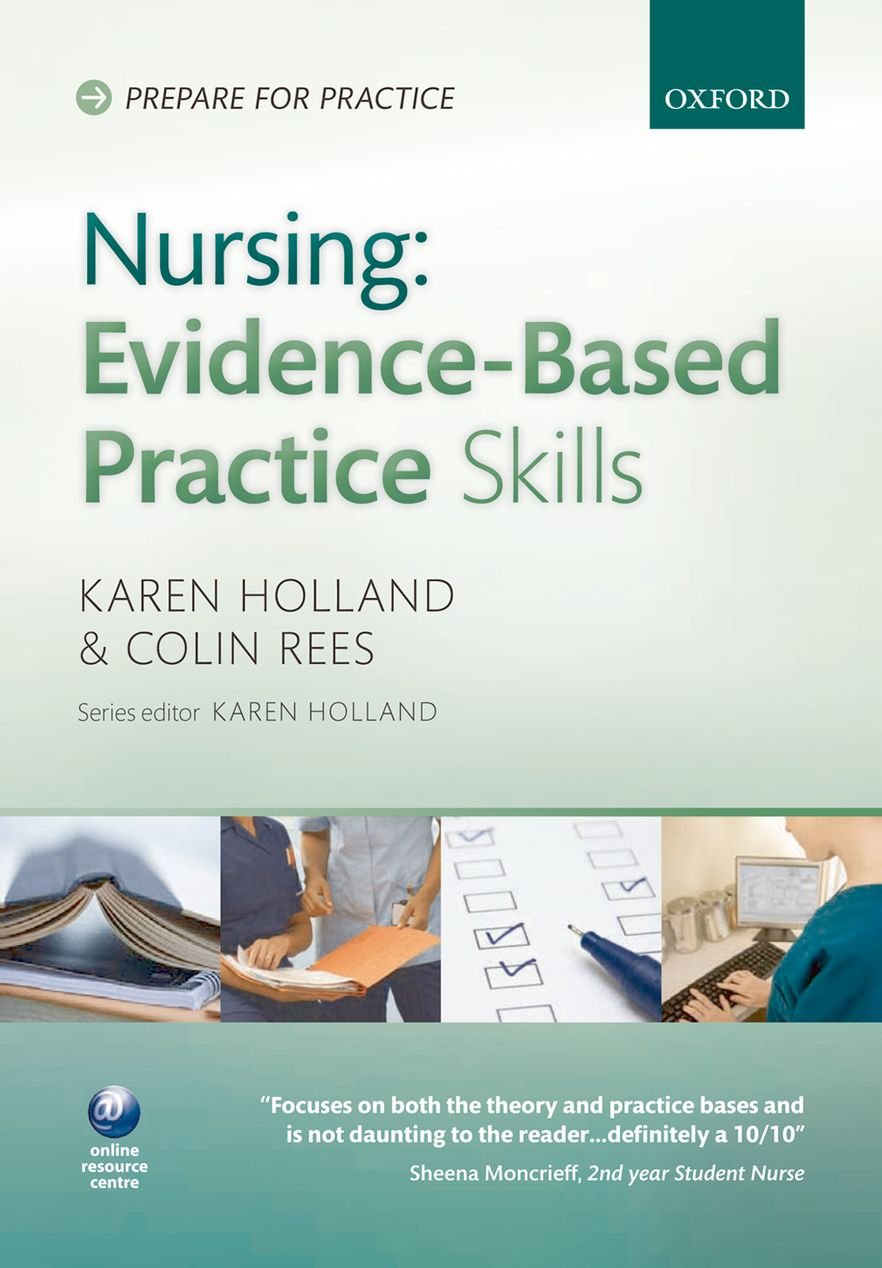About this deal
Once you are happy with your search strings and have tried them out in a database, it is very likely that you will need to refine your results in some way. What you need to do next will depend on the results you end up with. For example, do you have too many results? Too few? Are they relevant to your topic?
Critiquing frameworks enable readers to make a judgement regarding the soundness of the research. While it is possible to critique a piece of research without them, frameworks serve as useful aides-memoires for those who are not used to critiquing research. Why use Holland and Rees critiquing? Were all the participants who entered the trial accounted for at its conclusion? Some participants who entered the research trial may not be included in the data analysis at the end of the trial. There may be various reasons for this, but the data analysis should reflect all the participants (even those who may have died as an indirect result of their hypertension). This study was conducted using content analysis method in line with Graneheim and Lundman (2004). The researchers performed an in-depth direct analysis of experiences of intensive care nurses. Ellis, P. (2013). Understanding Research for Nursing Students. 2 nd Ed. London: Learning Matters (SAGE).A researcher undertaking a study on this topic may: follow a particular ethnic group over a prolonged period of time - in the past this would have involved living among that population (this is known as ethnography); explore what patients understand about the different treatments and build a theory as the research progresses (grounded theory); or explore the lived experience of hypertension (phenomenology). These are the most common approaches used in qualitative research. Critiquing frameworks
Question you want to ask of the literature: How effective is the management and assessment of pain in the hospital setting for adults in the intensive care unit setting. Burke, E., Tod, A., Palfreyman, S. (2004). Evidence based practice is a time and opportunity for nurses. British Journal of nursing. Vol.13(4) pp.211-216. What sort of evidence have you found? One research paper is qualitative and the other quantitative. Qualitative and quantitative research can be achieved multiple methods. Article A is a qualitative study conducted by using content analysis, participants include 20 nurses working in intensive care units. Data was collected using semi-structured interviews and analysis was carried out using an inductive approach (Deldar, Froutan and Ebadi, 2018). Article B is a quantitative study carried out by using a survey which was conducted at a 385-bed hospital in Central Virginia. Intensive care nurses were selected as the sample population since they have more experience of taking care of non-communicative patients that other nurses in various other hospital units (Lovin, 2017). Out of the 31 surveys which were sent out to nurses, only 26 of these nurses participated in the study.
Why use Holland and Rees critiquing?
Who are the users - patients, family, practitioners or community being affected? What are the symptoms, condition, health status, age, gender, and ethnicity? What is the setting e.g. acute care, community, mental health?
The critiquing frameworks enables readers to make a judgement regarding the soundness of the research. It is possible to critique a piece of research without using a critiquing framework, but the frameworks are very useful for those who are not used to critiquing research. What do academic journals expect? Some of the terminology that relates to qualitative and quantitative research and how these relate to different worldviews (paradigms) was introduced in the first article in this series. The notion of qualitative (non-numerical) and quantitative (numerical) data was also introduced. Readers of qualitative research need a sound understanding of the terminology specific to this type of research to make full sense of the report.The terminology used in some professional journals would require inexperienced readers to explore meanings further. For example, the term ‘constant comparative analysis’ would be familiar to qualitative researchers - particularly those who use the grounded theory approach (methodology) even though there may not be space within the journal to explain why this is unique to one particular research approach. Once data analysis has been completed, then qualitative researchers discuss their findings, although generalisability is not normally possible with qualitative research. Search each individual string on its own in each of your selecteddatabases. Record the number of search results for each string and database. Another available framework is from Holland and Rees' book Nursing: Evidence-based practice skills(linked below). Challenges faced by nurses in using pain assessment scale in patients unable to communicate: a qualitative study. (2018).
Related:
 Great Deal
Great Deal 